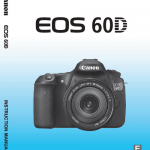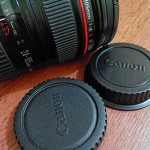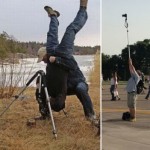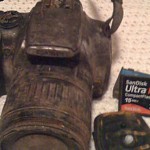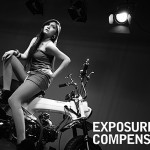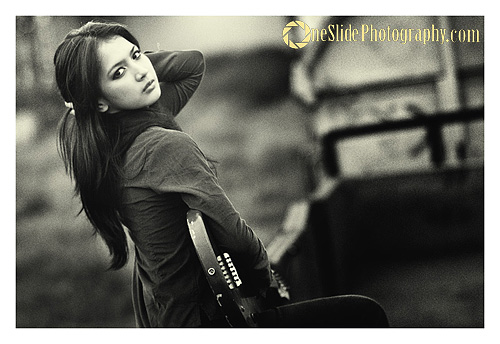
We often use high ISO (above 800) when faced with these situations: in low lighting, when we need a high shutter speed, when we don’t want to use the flash, and when we didn’t bring a tripod to a photoshoot. The biggest concern we have when increasing ISO to more than 800 is the visibility of noise in the results; tiny spots scattering through out the photograph.
But you can now rest easy, because now that concern continues to be minimized with the advancement of time and technology.
Here are a few reasons to be more confident when using those high ISO settings:
1. The advancement of the Camera Technology.
The majority of new generation SLRs are equipped with a very reliable noise reduction technology. We can now shoot at an ISO of 1800 and still get a satisfactory result. As far as I know, almost every DSLRs available from Nikon or Canon, from the beginner cameras to the pro cameras, are great at getting rid of noise due to high ISO. Now, even high quality compact cameras like the Panasonic LX3 (or the latest LX5) is equipped with this noise reduction technology as well.
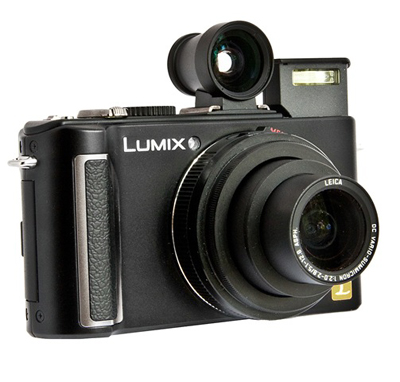
2. We can now utilize Noise Reduction softwares.
If your camera is not yet equipped with a sophisticated noise reduction feature (or if it is but you’ve been shooting in super high ISO of 3200 or more), you can always reduce visible noise in the post-production process using a noise reduction computer software. There are plenty of noise reduction softwares available on the market today. Softwares such as Noise Ninja, Noiseware, or Dfine are amongst the ones that can rid of your photograph’s noise easily and quickly.
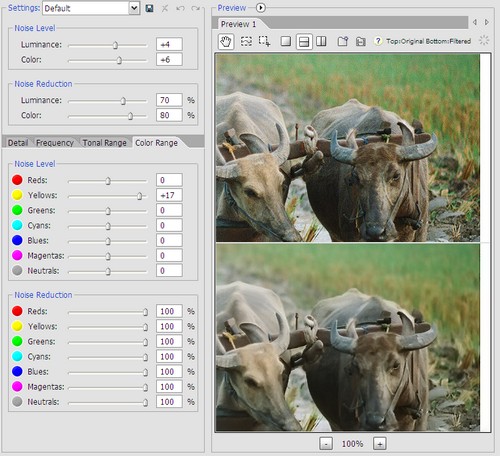
3. It’s the capturing of the moment that’s more important.
One solution to avoid high ISOs when shooting in low light is to use a flash. But there are conditions where photographing with a flash is forbidden (like photographing a concert). And of course with the unavailability of a flash, a high ISO is necessary to keep those images sharp (because low ISO means slow shutter speed). In cases such as these, the visible noise is a small price to pay for those capturing of sharp, highly visible photographs.
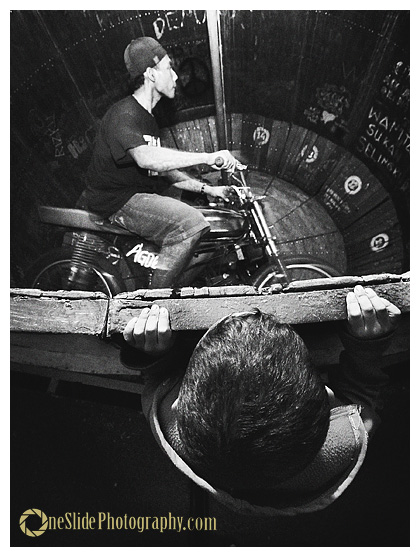
4. Not all Noise is bad.
Even if you don’t have a noise reduction function in your camera and you don’t want to use a noise reduction software, no need to worry. Not all noise appearing on your photographs need to be removed. Sometimes noise actually gives an artistic feel to a photograph. The photographs below were shot using ISO 800, with an older model beginner-class DSLR (Nikon D40), and wasn’t processed using a noise reduction software. You can easily see the noise in the purple background, yet it doesn’t wreck the photograph, does it?

A good photograph doesn’t always have to be a clean noise-free photograph. Sometimes we see journalistic photographs with high levels of noise, yet they’re the ones getting the awards for being outstanding in their own rights. A good photograph is a photograph that’s able to capture a captivating moment and has a deep meaning behind its image. Don’t be too strict on yourself and on your work when it comes to the technical aspects of photography. Utilize your camera’s functions and features wisely and you’ll always enjoy your photography process.
Recommended Product:
